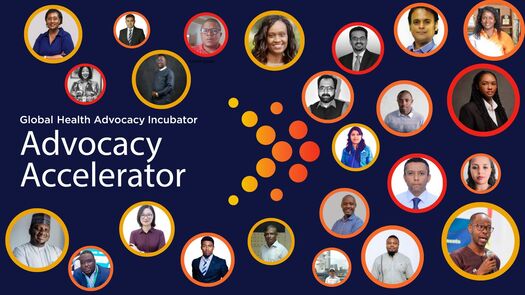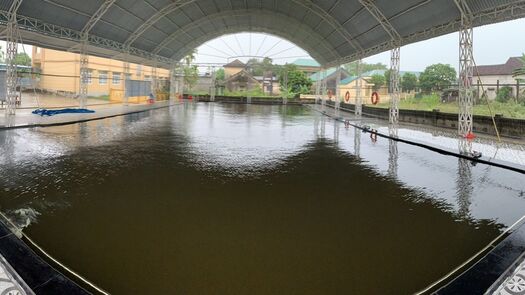November 3, 2025
September 29, 2022
Advocate Spotlight: Sarwar Alam
Sarwar Alam is the Communications Manager for the Global Health Advocacy Incubator’s (GHAI) Drowning Prevention program in Bangladesh. In this role, he oversees and coordinates the media advocacy activities to increase awareness of child drowning and to raise public demand for the funding of childcare centers, which are proven interventions.

What drew you to working as an advocate?
Advocacy as a development approach influenced me to speak out, stand up, protect and defend the rights of people who have no voice, resources and have been deprived of enjoying their basic rights and access to services and care to live a dignified fulfilling life.
Advocacy on behalf of others is critical when individuals or communities are vulnerable and cannot advocate for themselves or attend advocacy events. Even if they can advocate for themselves, unfortunately, not everyone listens. Every voice matters and everyone deserves to be heard and understood. Both self-advocacy and advocacy on behalf of others is needed to present the strongest voice.
I enjoy amplifying voices of the vulnerable and impacted communities through diverse media and communications channels.
How does your background most inform your work?
I am a communicator with extensive experience using diverse communication tools, techniques and strategies to convey crafted messages, which help people make informed decisions that provide lasting change in their life and livelihood. I’ve developed nationwide networks, connections and working relationships with creative & news media professionals, civil society actors, I/NGO’s women and child rights activists and duty bearers.
In my many years in the development sector, I have managed a number of complex social and behavior change communications interventions on sexual reproductive and health rights, family planning, women empowerment, disability inclusive development and disaster risk reduction and promoted good practices for mainstreaming by the government and other development organizations in Bangladesh and abroad.
I am dedicated to promoting issues that negatively impact children, adolescents, women, people with disabilities and people with different beliefs and orientations. I have engaged with diverse actors who can influence decision making at the micro and macro policymaking levels, including political leaders, civil society actors, women and child rights activists, the media, and champions and stakeholders at different tiers of the Bangladesh societal structure.
What accomplishment are you particularly proud of in work with GHAI?
Child drowning has historically not been well understood in Bangladesh. Communities, community gatekeepers, government departments and the policymakers have not acknowledged child drowning as a serious public health concern and, unfortunately, the media was no different. The media also promoted the idea that drowning happens as a result of a lack of awareness. And government departments, including health services, did little to address the issue. In July 2020, when I began working on the issue, most of the mainstream media were not ready to promote child drowning issue.
I am very proud that due to GHAI’s engagement with media gatekeepers and senior journalists, we transformed the Bangladesh media from antagonists to protagonists of the child drowning issue, who proactively promoted the issue in Bangladesh. Currently, all national dailies are engaged in our child drowning prevention media campaign and regular publish stories on child drowning to get attention of the policymakers. Moreover, we developed a strong journalists’ network of more than 100 active reporters to advocate for the protection of child drowning in Bangladesh. Now, the issue of child drowning is gaining traction and is supported by concerned stakeholders at the national and local level.
What is your message to public health advocates in Bangladesh and the world?
Though social media is very active with promoting public messaging, the mainstream print media matters more with policy advocacy. Public health advocates should utilize a variety of media promotions to build support for any issue impacting communities and utilize social media to reach youth who are active on these channels. Another important issue I’d like to stress is that we need to develop more community advocates from a young age, as most of our development champion advocates are older and their views do not align with current social preferences.
Related News
View All NewsSeptember 10, 2025
Meet the Future of Domestic Budget Allocation for Health: The new Advocacy Accelerator Cohort
September 10, 2025



